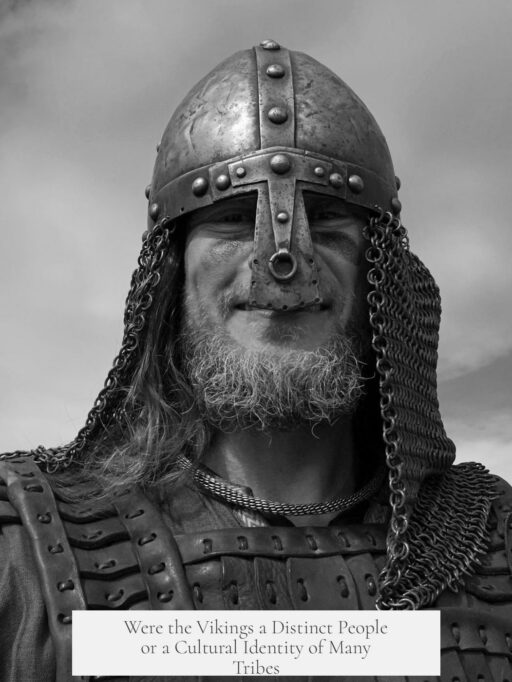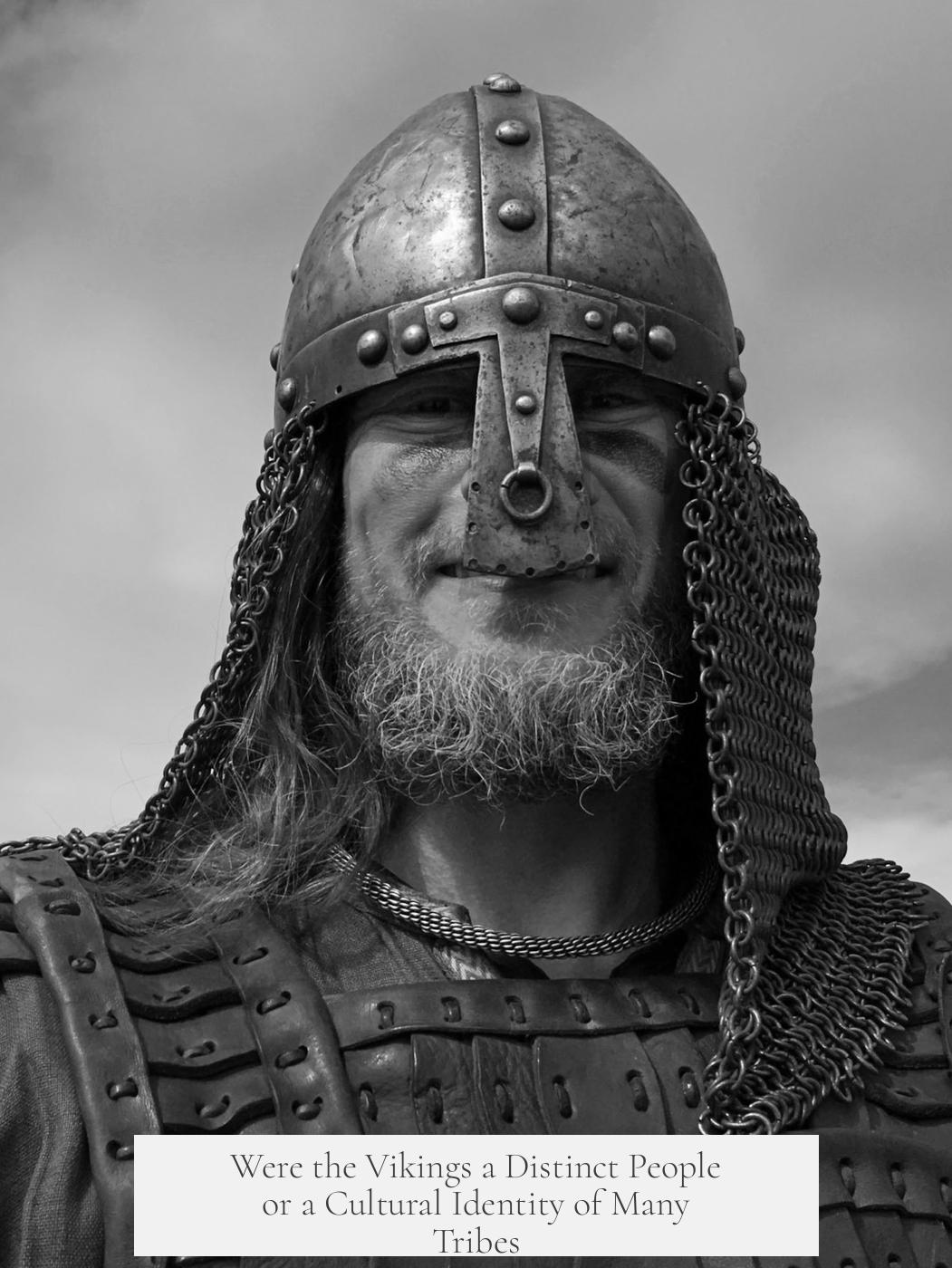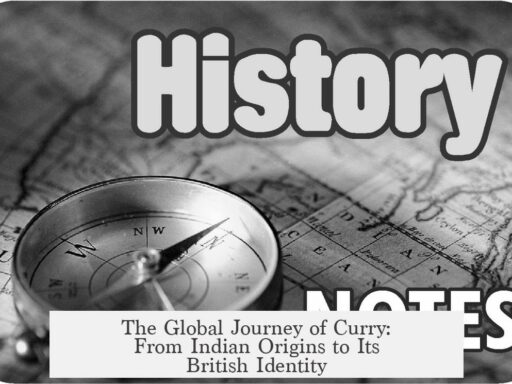The Vikings were not a distinct people but rather a cultural phenomenon linked to a specific activity practiced by various Scandinavian groups during the Viking Age. They were essentially Norse people who engaged in raiding, trading, and seafaring, which collectively formed what we recognize today as the Viking culture.
The term “Viking” originally described an occupation or activity rather than an ethnic group. In Old English, “viking” roughly meant a pirate or raider. Vikings were those Scandinavians who went raiding and trading beyond their homelands. The broader Scandinavian populations included many individuals who never engaged in such expeditions. Hence, “going viking” was essentially a verb — to undertake a journey for plunder, trade, or exploration.
This distinction clarifies that the Vikings were a subset of the Norse people, who themselves were a larger Germanic ethnic and cultural group. The Norse originated from Northern Europe and eventually diversified into groups known today as Danes, Swedes, and Norwegians. Vikings, therefore, were not a separate people but defined by their maritime raiding and trading lifestyles.
Within the Viking Age, those who participated in these activities formed a subculture of the broader Norse society. This subculture emphasized long-range voyages across the Baltic Sea and beyond. Most Norse people, however, were predominantly farmers, fishermen, and settlers rather than constant raiders. The Viking lifestyle was unusual and notable for its impact on other medieval societies.
On a broader cultural level, “Viking” can also refer to the entire Scandinavian milieu during the Viking Age, approximately late 8th to early 11th century. In this sense, it encompasses not only the raiders but also the communities from which they originated. In some regions, especially where Viking descendants settled—such as Normandy in France—the culture evolved but maintained Viking roots even after raids ceased and new identities formed. This approach to the term includes both the people and the culture shaped during this historical period.
The complexity arises because the Vikings do not fit neatly into categories of “people” or “culture.” The term itself is an exonym—used by others to describe these raiders—and there is no evidence that Norse people self-identified as Vikings. Rather, “Viking” functions as a useful historical label or shorthand to group together diverse Scandinavian tribes and polities, including Danes, Swedes, Norwegians, and others.
The Norse tribes often had internal conflicts and wars among themselves, further challenging the concept of Vikings as a unified ethnic or cultural identity. Instead, “Vikings” serve as a collective term for people who shared certain social practices, particularly maritime raids and overseas trade, during multiple centuries.
| Aspect | Explanation |
|---|---|
| People | Scandinavian Germanic groups (Danes, Swedes, Norwegians) forming the Norse ethnolinguistic identity |
| Culture | Shared customs, languages, and maritime traditions of the Viking Age Norse people |
| Occupation/Activity | Raiding, trading, exploring via seafaring voyages (being “a Viking”) |
The reason Vikings occupy such a significant place in history is their impact on other regions, especially England. They dramatically influenced medieval English culture, politics, and demographics. Kings like Canute the Great ruled England and Scandinavia, highlighting the importance of Viking rule even if such figures are less remembered today. Vikings were the external face of Scandinavia to the rest of Europe, as the majority of Norse society remained inward-looking.
Understanding Vikings requires recognizing that they were not a single people or a clearly separate culture but a role and lifestyle undertaken by some Norse individuals within a broader shared cultural and ethnic framework.
- The term “Viking” originally referred to a job or activity—raiding and seafaring—not an ethnic group.
- Vikings were Norse people engaged in maritime raids and trade, forming a subculture within the larger Scandinavian population.
- The Viking Age Norse shared a common culture but consisted of diverse tribes with internal conflicts.
- Vikings did not self-identify as such; the term is an external label used later for convenience.
- Vikings had a lasting impact on medieval Europe, particularly England, shaping history through both conflict and settlement.
Were the Vikings a people or a Culture?
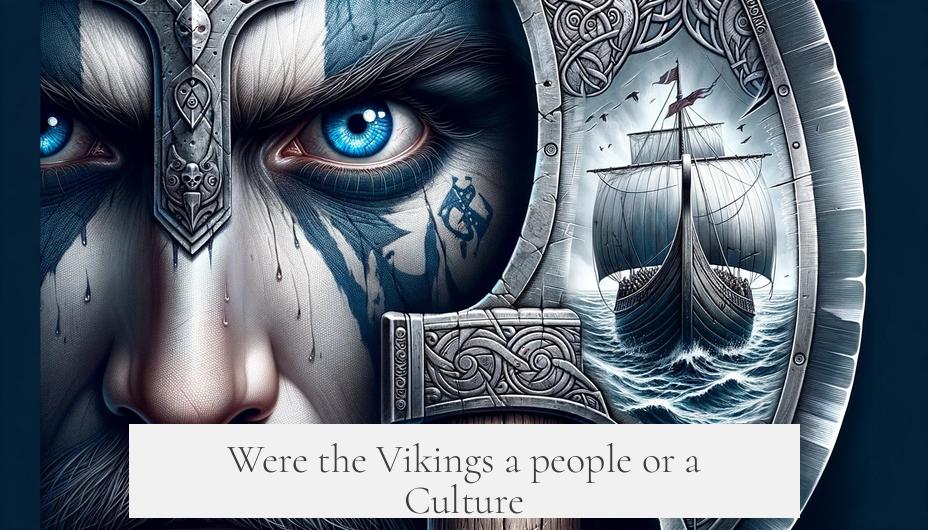
First off, let’s settle the question: The Vikings were both—a group of people practicing a way of life defined largely by raiding, trading, and seafaring, making “Viking” both a job and a cultural identity, but not a standalone ethnicity. Confused? Hang tight, it’s about to get interesting.
The word “Viking” is a bit like calling a firefighter just “fire.” It’s an activity, a job, a verb even. If you were from Scandinavia (call them the Norse), and you set sail to raid or trade, congratulations, you had just gone viking. But not every person from Scandinavia was marauding across shores. Most were farmers, traders, and craftsmen, minding their own northern business.
Vikings: The Job Vs. The People
The truth is cheeky: Vikings weren’t a distinct tribe or ethnic group. Instead, the “Viking” label fits those specific moments or ways of life—a subculture within the Norse world dedicated to adventuring beyond their home waters.
Think of the “Viking” term like a hat. You put it on when you’re raiding or trading far and wide. Take the hat off, and you’re simply a Norse person, part of a larger Germanic group that eventually became Danes, Swedes, and Norwegians. So while the whole population didn’t set sail at once, plenty of them did now and then, answering the call of the sea.
Did you know “Viking” literally meant “pirate” in Old English? The Norse called themselves “Norse” or by their tribal names, not “Vikings.” Essentially, “viking” was a role or occupation, not an identity.
The Viking Culture: More Than Just Raiding
But wait—there’s more! Viking isn’t just about the raids. It’s also a cultural term, covering the Viking Age from roughly 793 to 1066 AD, when Nordic societies embraced a set of customs, beliefs, and social structures. It’s like calling Renaissance Italians “artists”—accurate but only part of the picture.
The Norse shared language, art, religion, and governance elements that forged a cultural identity. Some of their descendants even formed new cultures, like the Normans in France. Yet they didn’t always raid. The Viking culture was complex, vibrant, and multifaceted.
The Many Tribes Within the Viking World
Trying to pin down the Vikings as a single people is tricky. They were a patchwork of tribes and clans scattered across Scandinavia. These groups sometimes fought each other just as fiercely as outsiders. Imagine a medieval version of a family reunion but with more swordplay and less potato salad.
This diversity challenges simple labels because even though these tribes shared overarching cultural elements, their political and social structures varied. The term “Vikings” conveniently lumps them all together because they shared maritime raiding traditions during the Viking Age.
Why Do We Think of Vikings So Big?
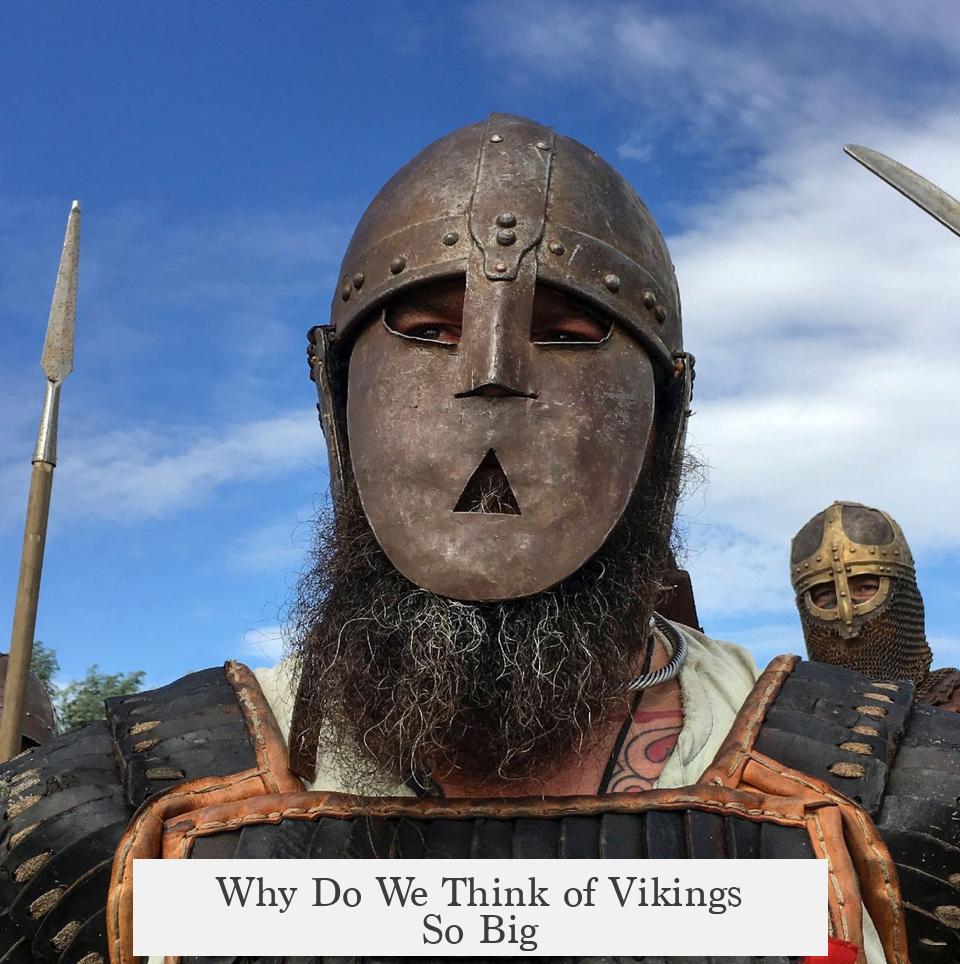
Why does the word “Viking” stir such strong images—longships, horned helmets (wrong but iconic!), fierce warriors? Simply because Vikings made waves, literally and figuratively, far beyond Scandinavia’s borders.
They were the “face” Scandinavia showed the rest of Europe, especially because other Nordic folks tended to stay put. Vikings reached England, Ireland, Russia, and beyond, impacting cultures and histories significantly.
Their impact on England is well-documented and substantial. Ever heard of Canute the Great? This Viking king ruled England and parts of Scandinavia and represents one of the most powerful monarchs of medieval Europe. His reign reminds us Vikings were more than raiders; they were also rulers and nation-builders.
Wrapping It Up: The Vikings in Today’s Terms
- Viking as a job: Going raiding or trading across seas.
- Viking as part of Norse culture: Shared customs, language, and beliefs during the Viking Age.
- Vikings as diverse tribes: A collective term for many groups with overlapping, but distinct, identities.
The idea of “Were the Vikings a people or a culture?” is a false choice. They were both, depending on the lens you use. The term “Viking” is flexible, layered, and sometimes frustratingly vague—but that’s history for you. It defies neat boxes and encourages curious minds to look deeper.
So next time someone asks, “Were the Vikings a people or a culture?” you can smile and say, “They were what you made of them—a job, a tribe, a mindset, and a whole era of wild adventure.”
Embrace the complexity. After all, life isn’t black and white, and neither were the Vikings.
